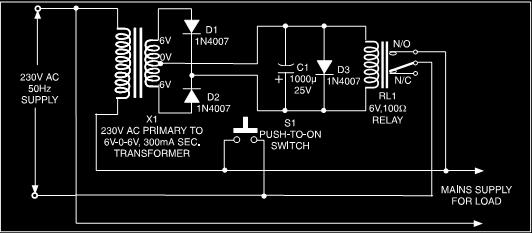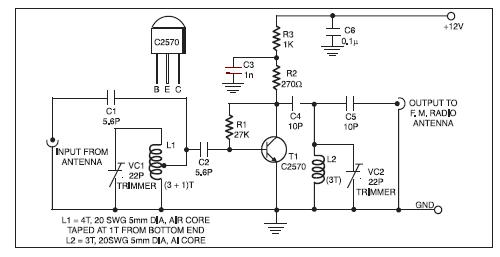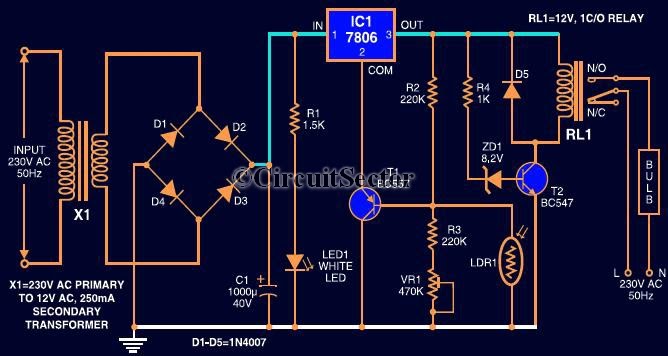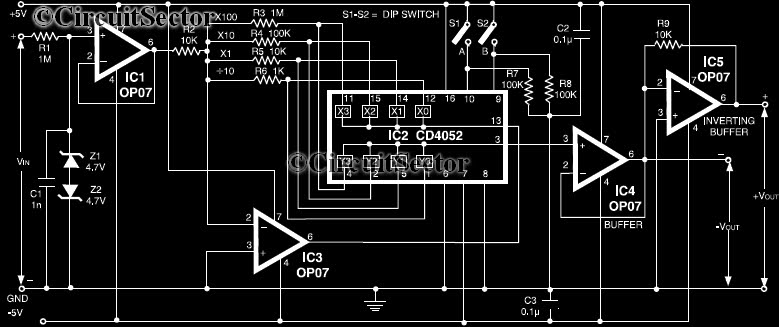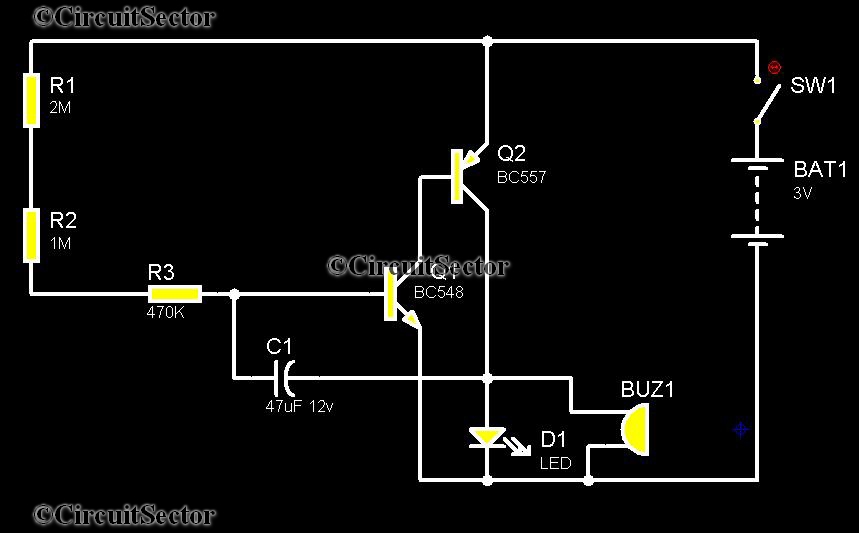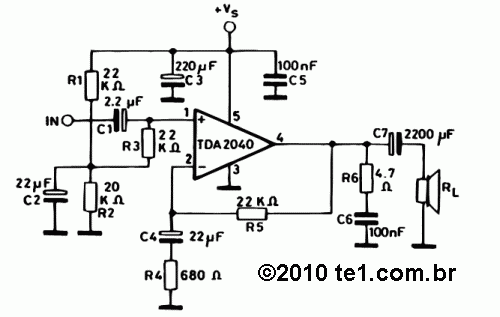
Osmond PCB
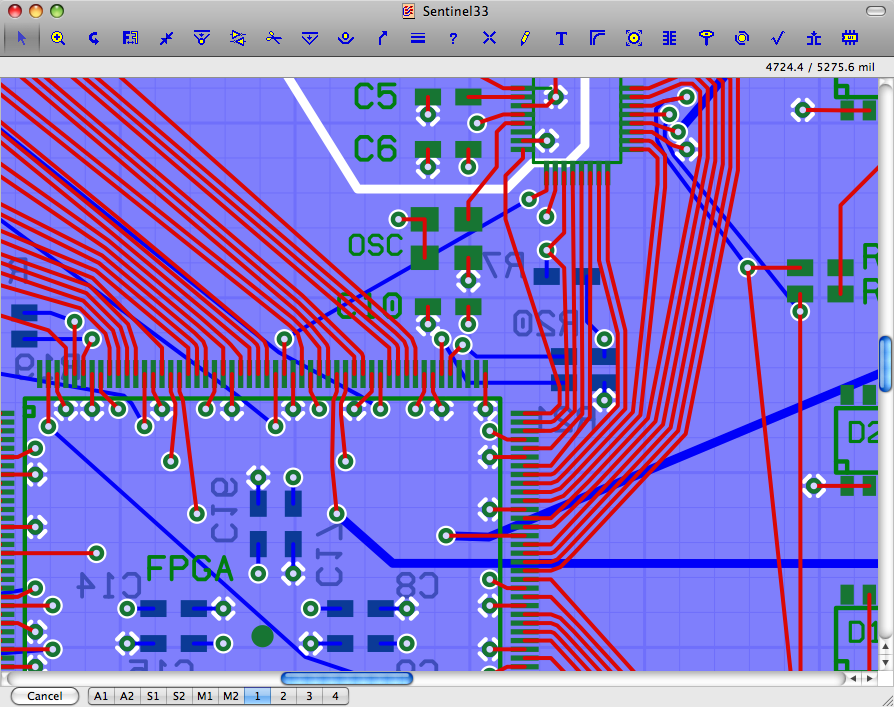
Osmond PCB is a flexible tool for designing printed circuit boards. It runs on Macintosh. Its many features include: * Virtually unlimited board sizes * Virtually unlimited number of board layers * Virtually unlimited number of parts.. More: * Spatial resolution down to 10 nanometer * Concurrent support for both Imperial and Metric units * All angle routing * Rubber-band traces * Rats Nest Layer * Variable size grid * Support for both through-hole and surface mount parts
Osmond PCB is a sophisticated software application tailored for the design and layout of printed circuit boards (PCBs), specifically optimized for Macintosh operating systems. The software's architecture supports extensive flexibility in board design, allowing users to create PCBs of virtually unlimited dimensions. This capability is essential for accommodating a wide range of electronic applications, from small consumer devices to large industrial systems.
The software's support for an unlimited number of board layers enables complex circuit designs, facilitating the integration of multiple functionalities within a compact form factor. This is particularly beneficial for modern electronics, where miniaturization is a key requirement. The tool also boasts the capacity to manage an unlimited number of components, which is critical for intricate designs that require numerous integrated circuits, passive components, and connectors.
One of the standout features of Osmond PCB is its spatial resolution, which is as fine as 10 nanometers. This high level of precision allows for the design of highly detailed and densely packed circuits, ensuring that the final product meets stringent performance and reliability criteria. The software supports both Imperial and Metric units concurrently, catering to a diverse user base and facilitating international collaboration.
Routing capabilities in Osmond PCB are enhanced by features such as all-angle routing and rubber-band traces. All-angle routing enables users to lay out traces at any angle, providing greater flexibility in the design process. Rubber-band traces allow for dynamic, real-time adjustments to trace paths, improving workflow efficiency and reducing the time required for design iterations.
The Rats Nest Layer feature assists designers in visualizing the connections between components before finalizing the layout, helping to identify potential routing issues early in the design phase. Additionally, the variable size grid feature allows designers to customize the grid layout according to specific design needs, further enhancing the software's versatility.
Support for both through-hole and surface mount components ensures that Osmond PCB can accommodate a wide variety of manufacturing techniques, making it suitable for both prototyping and production environments. This comprehensive set of features positions Osmond PCB as a powerful tool for electronics engineers and designers engaged in PCB development.Osmond PCB is a flexible tool for designing printed circuit boards. It runs on Macintosh. Its many features include: * Virtually unlimited board sizes * Virtually unlimited number of board layers * Virtually unlimited number of parts.. * Spatial resolution down to 10 nanometer * Concurrent support for both Imperial and Metric units * All angle routing * Rubber-band traces * Rats Nest Layer * Variable size grid * Support for both through-hole and surface mount parts 🔗 External reference
Osmond PCB is a sophisticated software application tailored for the design and layout of printed circuit boards (PCBs), specifically optimized for Macintosh operating systems. The software's architecture supports extensive flexibility in board design, allowing users to create PCBs of virtually unlimited dimensions. This capability is essential for accommodating a wide range of electronic applications, from small consumer devices to large industrial systems.
The software's support for an unlimited number of board layers enables complex circuit designs, facilitating the integration of multiple functionalities within a compact form factor. This is particularly beneficial for modern electronics, where miniaturization is a key requirement. The tool also boasts the capacity to manage an unlimited number of components, which is critical for intricate designs that require numerous integrated circuits, passive components, and connectors.
One of the standout features of Osmond PCB is its spatial resolution, which is as fine as 10 nanometers. This high level of precision allows for the design of highly detailed and densely packed circuits, ensuring that the final product meets stringent performance and reliability criteria. The software supports both Imperial and Metric units concurrently, catering to a diverse user base and facilitating international collaboration.
Routing capabilities in Osmond PCB are enhanced by features such as all-angle routing and rubber-band traces. All-angle routing enables users to lay out traces at any angle, providing greater flexibility in the design process. Rubber-band traces allow for dynamic, real-time adjustments to trace paths, improving workflow efficiency and reducing the time required for design iterations.
The Rats Nest Layer feature assists designers in visualizing the connections between components before finalizing the layout, helping to identify potential routing issues early in the design phase. Additionally, the variable size grid feature allows designers to customize the grid layout according to specific design needs, further enhancing the software's versatility.
Support for both through-hole and surface mount components ensures that Osmond PCB can accommodate a wide variety of manufacturing techniques, making it suitable for both prototyping and production environments. This comprehensive set of features positions Osmond PCB as a powerful tool for electronics engineers and designers engaged in PCB development.Osmond PCB is a flexible tool for designing printed circuit boards. It runs on Macintosh. Its many features include: * Virtually unlimited board sizes * Virtually unlimited number of board layers * Virtually unlimited number of parts.. * Spatial resolution down to 10 nanometer * Concurrent support for both Imperial and Metric units * All angle routing * Rubber-band traces * Rats Nest Layer * Variable size grid * Support for both through-hole and surface mount parts 🔗 External reference
